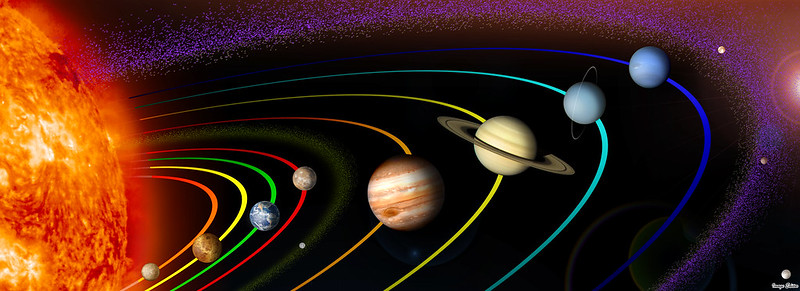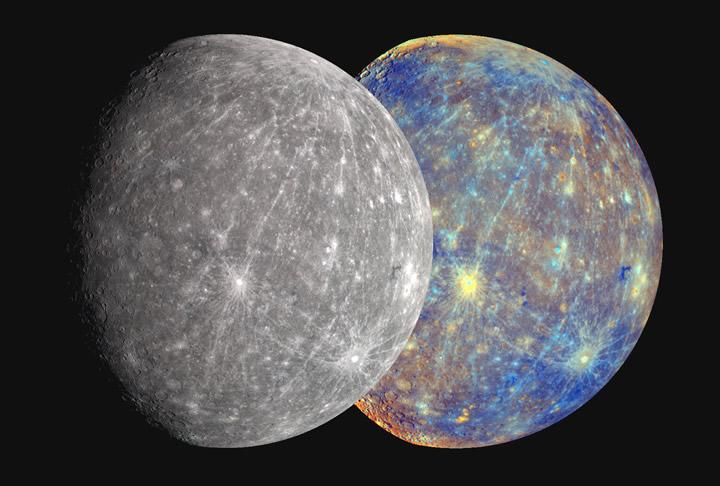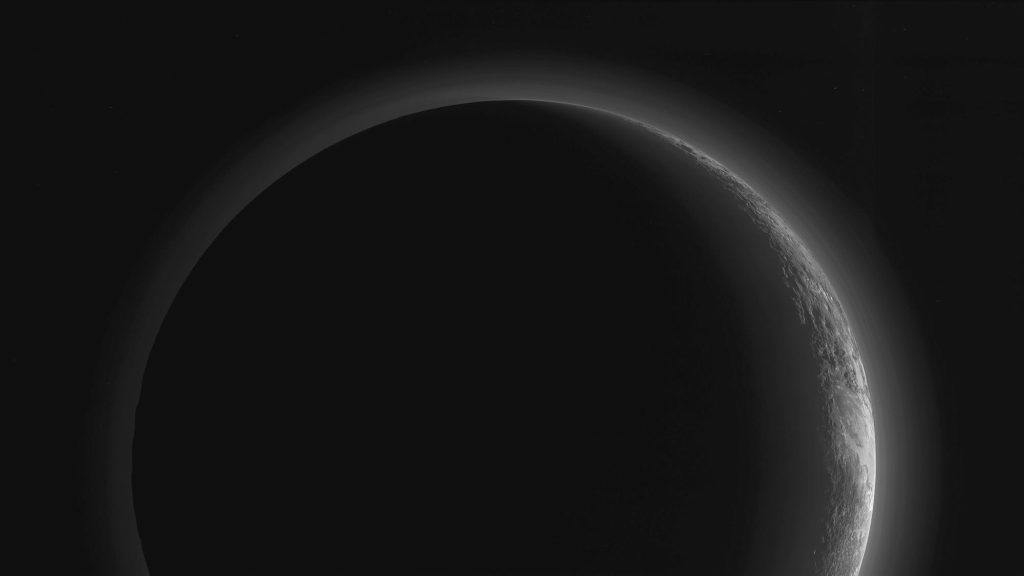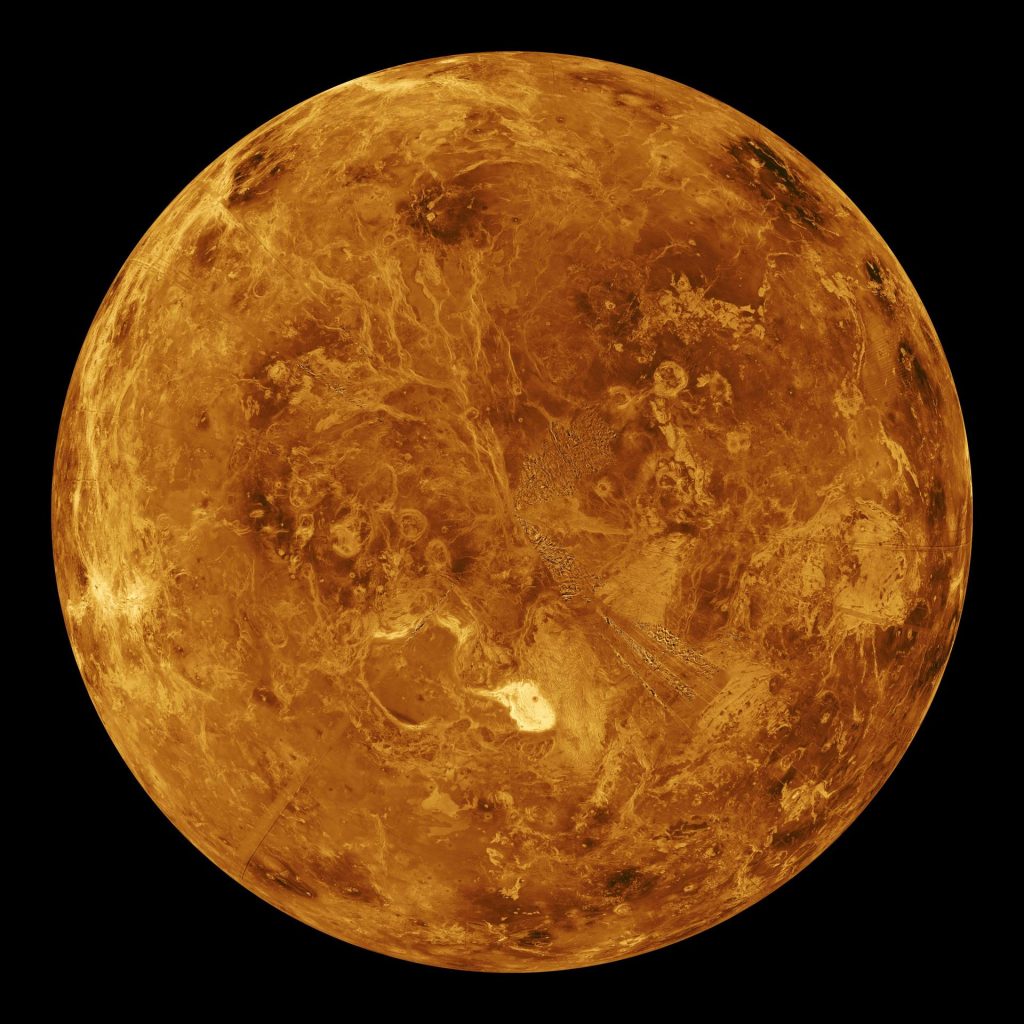Final up to date on December 18th, 2023
The Solar, also referred to as a star, is the middle level of the photo voltaic system the place the Earth, dwelling to people, is situated. In historic instances, folks thought-about some objects, like the Solar and the Moon, highly effective beings residing within the sky. Then, curious folks by means of the ages began finding out these objects and found them for what they had been. The title of our photo voltaic system is derived from the Solar, referred to as photo voltaic, or the traditional Latin phrase ‘Solis.’ Hundreds of thousands of the identical techniques as ours may be discovered within the universe and are referred to as star techniques. Our photo voltaic system has many different objects aside from the planets and moons. Hundreds of thousands of asteroids, meteoroids, and comets may be present in our photo voltaic system’s huge area. With these information concerning the Photo voltaic System, allow us to study it.
Details about Photo voltaic System
Age!
1. In keeping with cosmologists worldwide, our photo voltaic system was shaped about 4.5 billion years in the past. Cosmology is a bodily science and a department of astrophysics that research the universe’s evolution.
The Start of the Solar
2. The Solar was the primary object shaped from this cloud of photo voltaic mud and particles. Cosmologists say that the Solar was shaped from this photo voltaic nebula when the cloud collapsed below its gravity.
The collapse
3. A shockwave attributable to a close-by supernova explosion was probably the motive the collapse began. Different objects just like the planets and moons can also have shaped from this cosmological occasion.

The method of formation
4. In keeping with scientists from totally different disciplines, it began with this cloud of mud created by leftover particles from supernovas. However the strategy of forming these star techniques takes billions of years.
The binding drive
5. Gravity is the glue that retains every little thing in our photo voltaic system collectively. As a result of the Solar is the largest object within the photo voltaic system, it additionally has essentially the most substantial gravity and retains every little thing else in place.
Across the Milky Approach!
6. It should take our photo voltaic system about 230 to 250 million years to finish one orbit across the heart of the Milky Approach. Similar to Earth orbits the Solar, so does our photo voltaic system orbit the middle of our galaxy at about 515,000 mph (828,000 kph).
Earth day
7. We rejoice Earth Day yearly on April 22 for the reason that Nineteen Seventies. The day was established to lift consciousness of the significance of defending the planet and conserving it for future generations.

The heaviest object
8. Attention-grabbing to notice is that the Solar is not only the largest but in addition the heaviest object in our photo voltaic system. It’s about 99.8 % of the entire mass of the whole photo voltaic system.
What number of planets within the photo voltaic system?
9. There are at present eight planets orbiting the Solar in our photo voltaic system. Within the early years, scientists thought we had 9 planets in our photo voltaic system, however that was not the case.
Eight minutes
10. Mild from the Solar will take about eight minutes to succeed in the Earth. Which means when trying on the Solar, we see it because it was eight minutes in the past..
What number of light-years is our photo voltaic system from the middle of the Milky Approach?
11. Our photo voltaic system is about 26,000 mild years away from the middle of the Milky Approach. You’ll discover it proper on the sting of the Orion-Cygnus arm.

Greater than 100 billion galaxies
12. The Solar and our photo voltaic system are one in all many billions in our galaxy’s Milky Approach. Greater than 100 billion galaxies are crammed with star techniques within the universe.
Objects round object!
13. Some objects within the photo voltaic system orbit round different larger objects, just like the Earth’s Moon and the various moons of Jupiter. These objects then orbit in pairs or larger numbers across the Solar.
150+ moons
14. Do you know that our photo voltaic system has greater than 150 moons? These are those scientists know of; there is likely to be extra that aren’t but found.

Moon free planets
15. Mercury and Venus are moon-free! Mercury doesn’t have any moons as a result of it’s so near the solar and its gravity. That is the explanation it isn’t in a position to maintain on to its personal moon. And the absence of any moons for Venus remains to be a thriller the scientists are attempting to unravel.
Why they use mild years?
16. Measuring the dimensions of our photo voltaic system with measurements like miles used on Earth is difficult. That’s the reason different measurements, like mild years, are utilized in area.
How massive is the photo voltaic system?
17. Our photo voltaic system is almost two mild years, measured from the Solar to the Oort Cloud because the outer boundary. The photo voltaic system is about 12 trillion miles if we use Earth measurements.

Pluto!
18. A ninth planet was found on January 29, 1930, and it was named Pluto, However it was additionally found that Pluto couldn’t be a planet as a result of it was not heavy sufficient to qualify as one.
Pluto’s Proximity to the Solar
19. Generally, throughout its elliptical orbit, Pluto is nearer to the Solar than Neptune. The final time this occurred was throughout the interval 1979 and 1999. It should take one other 230 years or extra earlier than this phenomenon occurs once more.
White mountains, identical to Earth’s
20. White mountains may be noticed on the dwarf planet Pluto, which can counsel ice-capped mountains. Pluto can also be the one planet aside from Earth to have white-peaked mountains. The distinction is that these white peaks on Pluto usually are not snow however product of methane frost.
Who found Pluto?
21. About fifteen years earlier than Tombaugh found Pluto, astronomer Percival Lowell had predicted its existence. Lowell even charted its location primarily based on Neptune’s irregular orbit. He instructed one other object tagging on the orbits of the 2 gasoline giants, Neptune and Uranus.
Galileo and his work
22. As early as 1610, curious scientists discovered planets in our photo voltaic system. Galileo was a type of scientists who found the moons of the large planet Jupiter with a crude telescope.

The biggest planet
23. Jupiter, the fifth planet from the Solar, can also be the most important in our photo voltaic system. The planet has 95 moons with confirmed orbits. Jupiter’s magnetic discipline is about 20,000 instances stronger than the Earth’s discipline.
A 12 months on Jupiter
24. A 12 months on Jupiter is likely to be 12 instances longer than that of an Earth 12 months, however its days are far shorter. A day on Jupiter lasts about 10 hours, which is lower than half a day on Earth. Jupiter has the shortest day in our photo voltaic system.
Between the Moon and the Earth
25. All of the planets in our photo voltaic system might match within the area between the Earth and the Moon. However that’s solely doable if the Moon is at its furthest distance.
Shifting magnetic pole
26. The magnetic north pole of the Earth is creeping westward at a mean pace of round 31 to 37 miles per 12 months. The pace at which it’s transferring has elevated from about 9 miles per 12 months for the reason that Nineties. It’s touring within the route of Siberia.
Volcanoes on Jupiter
27. Certainly one of Jupiter’s moons, Io, has volcanic eruptions that attain the extent of the Moon. The yearly outbursts are attributable to the gravitational affect Jupiter has on it and should final for a month. Io consistently erupts sulfur and liquid basalt to offer it that particular yellow shade.

Mars – the Pink Planet!
28. Mars is produced from crimson supplies, which is why it’s referred to as the Pink Planet. An abundance of iron minerals and dirt is why every little thing on Mars is crimson.
A large volcano on Mars
29. Olympus Mons, a volcano on Mars, is 100 instances bigger than the one in Hawaii. Specialists imagine it grows that enormous due to the weaker gravity of the Pink Planet.
30. Borealis Basin is likely one of the largest craters on Mars and covers about 40 % of the floor of the crimson planet. It is usually the most important influence crater within the photo voltaic system. In keeping with consultants, it was attributable to a single meteor influence.
Bigger than the Grand Canyon
31. A valley throughout the center of Mars is many instances bigger than the Grand Canyon. The Valis Marines canyon is at 2500 miles, about ten instances the dimensions of the most important on Earth.
Weak gravity
32. Due to the weaker gravity of Mars, it is possible for you to to leap 3 times larger than on Earth. This reality will make people tremendous beings who can leap larger and additional, very like flying for brief distances.
Venus!
33. Venus and Uranus are the one two planets in our photo voltaic system that don’t rotate in the identical route. Uranus rolls on its aspect, and Venus spins clockwise. You may see Venus together with your naked eyes simply after sundown or earlier than daybreak.
Tilt of greater than 90 levels
34. Do you know that Uranus is the one planet in our photo voltaic system whose equator is almost at a proper angle to its orbit (a tilt of 97.77 levels)? It additionally implies that for about one-quarter of a Uranus 12 months, the solar shines on one pole at a time.
Clouds of acid
35. The clouds on Venus comprise drops of sulfuric acid, making it unimaginable to see the floor of the planet. What this implies is that at larger altitudes, there’s acid rain current on the planet. It additionally has fixed horrible climate.
A large continent
36. There was once solely one large continent within the heart of the Earth often known as Rodinia till about 250 to 500 million years in the past. The approaching collectively of the continents occurred a second time about 250 million years in the past, forming Pangaea however splitting aside once more.
On the fringe of the Photo voltaic system
37. New proof has been found that there could certainly be a ninth planet. The invention was made in January 2015 {that a} large planet is likely to be on the photo voltaic system’s edge.

Neptune!
38. Neptune is about 30 instances farther from the Solar than the Earth. This planet will get far much less warmth and lightweight however radiates extra warmth than it receives (Neptune seems to have an inner warmth supply.)
Van Allen Belts
39. A number of bands of magnetically trapped particles had been found in 1958, often known as the Van Allen Belts. The invention of those belts helped scientists make higher predictions about area climate.
Jupiter’s crimson spot
40. In keeping with scientists, the good crimson spot on Jupiter was created by a colossal storm. That spot has been shrinking because it was noticed about 150 years in the past.
Planet recognizing!
41. As a result of Jupiter is likely one of the brightest objects in our a part of area, it may be seen with the bare eye from Earth. That’s if yow will discover a great remark level. You may even spot its moons with a telescope or binoculars.
One unusual moon
42. One of many strangest moons within the photo voltaic system, Marinda, was noticed in 1986 by Voyager 2. The gravitational pull of Uranus, its mother or father planet, could have brought on the scarred floor of this Moon. Curiously, the moon was named after “Miranda” from William Shakespeare’s play “The Tempest.”
Why Blue?
43. One of the excellent information about Uranus is the blue shade of this planet. The blue shade is due to the methane in Uranus’s ambiance. The planet absorbs the crimson mild from the Solar however displays the blue mild into area.
The Moon vs Mercury
44. Mercury is the planet that orbits the closest to the Solar in our photo voltaic system. It is usually the smallest planet on this star system and is barely larger than the Earth’s Moon.
The telltale indicators
45. Mercury’s floor is pockmarked with craters, which counsel that it was bombarded with meteor impacts. Many of the marks on the planet’s floor are nonetheless seen as a result of there isn’t a climate on Mercury. The craters on Mercury are a bit totally different than these discovered on the moon’s floor.

The most well liked planet
46. The most well liked planet in our photo voltaic system is Venus, and it is usually the second planet from the Solar. The ambiance of Venus is crammed with carbon dioxide and traps warmth on the planet.
and the farthest!
47. The ice large Neptune is the farthest of all of the planets in our photo voltaic system from the Solar. The blue gasoline planet is about 58 instances the dimensions of Earth, with 17 instances the mass. As a result of it’s so far-off from Earth, the planet can solely be seen with the assistance of a robust telescope.
48. The primary one who ever noticed Neptune is probably Galileo, however he was not credited for the invention at first. Drawings of the planet had been later found amongst his issues, however he didn’t acknowledge it as a planet.
In the identical orbital aircraft
49. All planets, asteroids, and different our bodies in our photo voltaic system orbit across the Solar. Curiously, all these objects journey in the identical orbital aircraft in a flat disc form.
Life!
50. In our photo voltaic system, the Earth is the one planet that helps life so far as we all know. Different planets in our system are too scorching or chilly for all times to exist.
51. Coral reefs discovered within the oceans of the Earth could appear like rocks, however they’re truly alive and are categorised as animals. As a result of they take root on the ocean ground, many individuals thought they had been crops rising within the water.
. . . proceed studying on the subsequent web page

